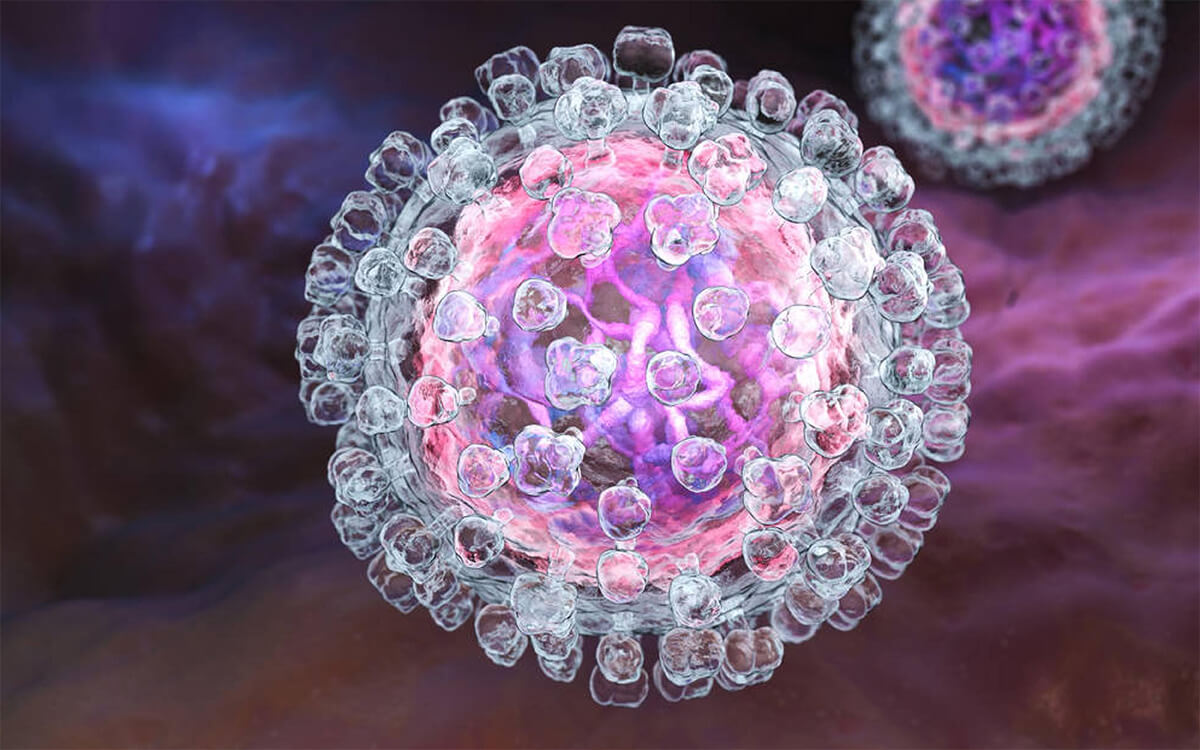mTOR Inhibition
In 2009, rapamycin was reported to increase the lifespan of mice when implemented later in life. This was the first evidence that a pharmacological agent could have an impact on aging when administered later in life.
mTOR inhibition has extended lifespan in multiple species of life, a finding that is repeatable, and consistent. This has resulted in an explosion in research around the effects of both Rapamycin and the mTOR nutrient sensing system, one of the biological master controllers in the body.
There is good evidence to suggest that mTOR inhibition improves circulatory health, immune function, nerve and brain health and function, learning and memory in older animals. With specific attention to the aging process, in non-human species rapamycin slows the rate of muscle loss, inhibit growth of potentially cancerous cells, reduces or eliminate aged cells from the body, all of which should result in a delay in the onset of age-related conditions.
In humans, early studies of mTOR inhibition have demonstrated benefits in gum thickness and health, as well as the appearance and elasticity, as well as aging markers, in skin. As a previously approved medication, rapamycin has a long track record and is a prime example of a medication that can be repurposed with the goal of extending health span.
In 2009, rapamycin was reported to increase the lifespan of mice when implemented later in life. This was the first evidence that a pharmacological agent could have an impact on aging when administered later in life.
mTOR inhibition has extended lifespan in multiple species of life, a finding that is repeatable, and consistent. This has resulted in an explosion in research around the effects of both Rapamycin and the mTOR nutrient sensing system, one of the biological master controllers in the body.
There is good evidence to suggest that mTOR inhibition improves circulatory health, immune function, nerve and brain health and function, learning and memory in older animals. With specific attention to the aging process, in non-human species rapamycin slows the rate of muscle loss, inhibit growth of potentially cancerous cells, reduces or eliminate aged cells from the body, all of which should result in a delay in the onset of age-related conditions.
In humans, early studies of mTOR inhibition have demonstrated benefits in gum thickness and health, as well as the appearance and elasticity, as well as aging markers, in skin. As a previously approved medication, rapamycin has a long track record and is a prime example of a medication that can be repurposed with the goal of extending health span.

